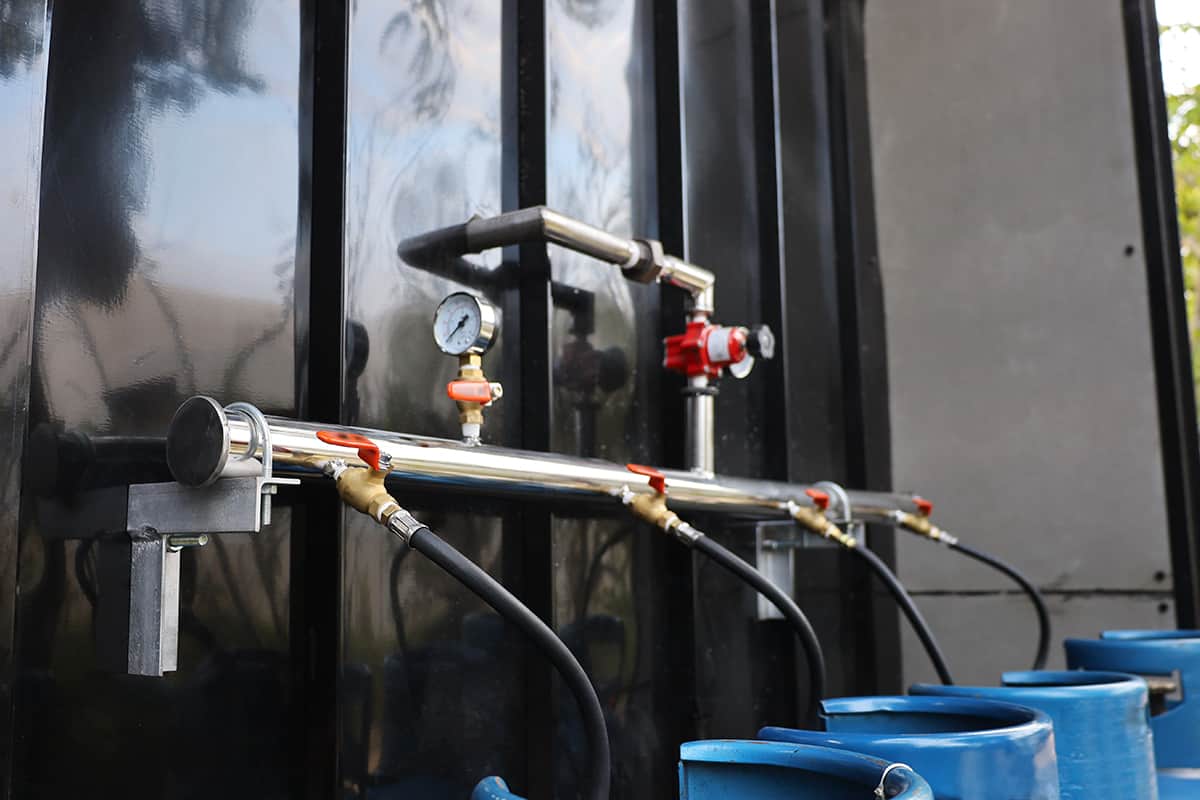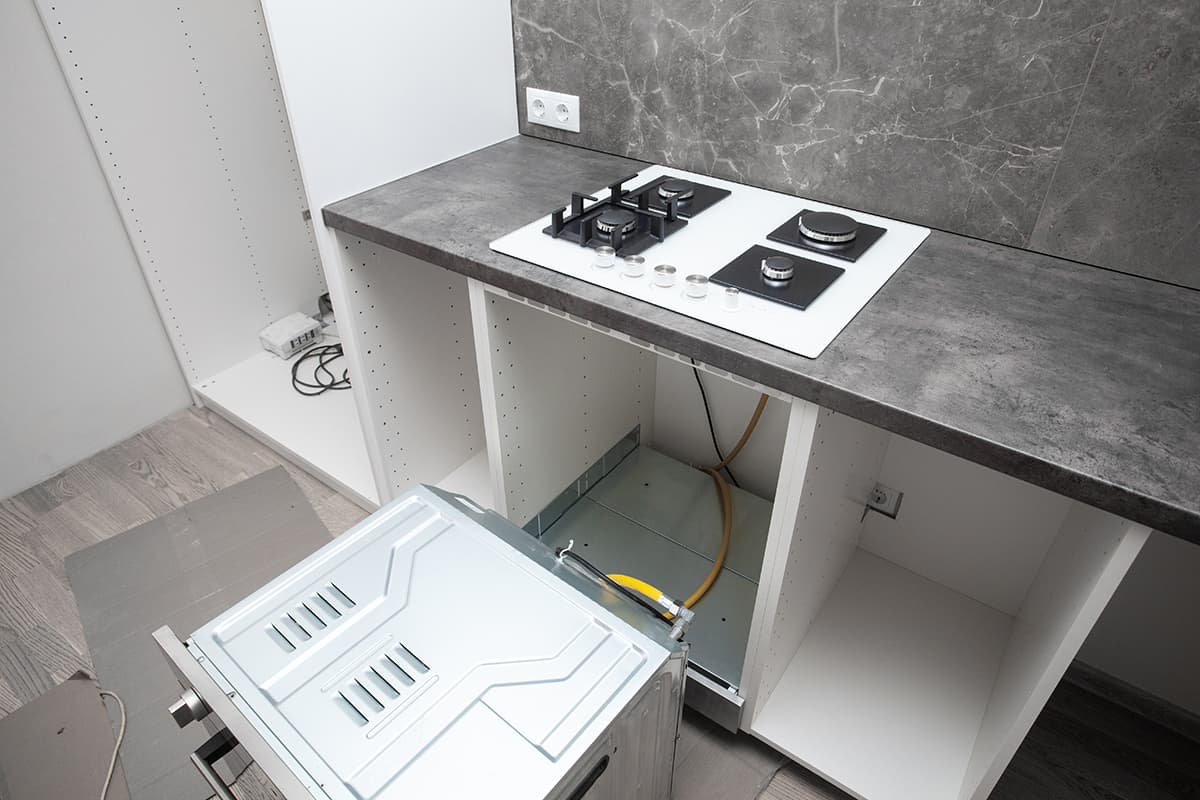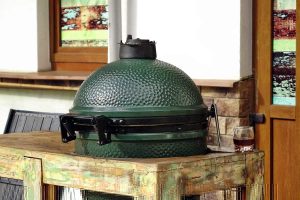If you are installing a new gas stove, then you are going to need to connect it to a gas line, which will provide the flow of natural gas to the stove, where it will be used to heat up the burners and cook your food.
Understanding the size of gas line you need for your stove is probably going to be the trickiest part of the job since there is no standard size for gas lines; and instead, you need to select a size of gas line that is compatible with the energy required by your stove.
If you have an electric stove, we already had a guide on what size wire for an electric stove. Here we look at how to calculate the size of gas line you need to ensure your new stove works as it should and is safe to use.
Understanding BTUs
The amount of power a gas stove has is quantified using British Thermal Units, also known as BTUs. This is a unit of measurement that is used to represent how much heat energy is required to raise the temperature of one pound of water by one degree Fahrenheit. The higher BTUs a stove has, the hotter temperatures it will be able to reach.
On average, most residential stoves have a BTU rating of between 10,000 and 18,000, but this can differ dramatically from one manufacturer and model to the next. Generally speaking, a stove with lower BTUs is going to need a smaller sized pipe, while a stove with a higher BTU rating will need a larger sized pipe.
Knowing the BTUs of your stove is essential for understanding the size of gas line you need to connect it to. To find out this information, refer to your user handbook, or if the appliance has been purchased second hand, then you should look up the make and model of the stove online to find a downloadable copy of the user handbook.
The BTU information will be available in the user handbook, or if the stove is new, then the energy ratings you need will likely be listed on the packaging. Commonly, each burner of the stove will have a different level of BTUs. This is because some burners are intended for smaller pans or they are designed for simmering.
Some burners with higher BTUs will be designed for searing food or for stir-frying. The lowest BTUs you can expect to find on any type of gas stove is 500, but even BTUs of as much as 2000 are still considered to be low. These types of burners offer more control because of the low BTUs, so you will be less likely to burn food using these.
Medium BTUs are considered to range from 2,000 to 10,000 per burner. These are good for everyday cooking where you want to cook food quickly but don’t need extremely high temperatures.
The high range of BTUs is between 12,000 and 18,000. These high heat burners are intended for searing meat and similar tasks. It is unusual to find residential stoves with burners that have BTUs of more than 18,000, but in commercial kitchens, you can find burners that can produce extremely high temperatures using BTUs of up to 25,000.
If your burner BTUs are all listed separately, you will need to add them all together to find out the total BTUs your stove requires. Once you have your final BTU figure, you’ll need to divide it by 1000 to give you the cubic feet per hour measurement, also called ‘cfh.’ So, for example, if your BTUs are 21,000, then your cfh will be 21.
You will need this measurement to use in conjunction with your pipe measurement to calculate the size gas line you need.
Understanding Pipe Length
Once you have your BTUs calculated into cfh, you’ll need to measure the length of pipe you will be using. This is the total length of the pipe that will be needed to connect your gas meter or supply to your gas stove. The length of the pipe helps to determine any drop in pressure as it moves along the line.
As well as measuring the length of the pipe, you should add an additional five feet to the total for every fitting that is used. So if you will be using 6 fittings along the pipe, then you should add 30 feet to your total length measurement.
Calculating Gas Line Size
Now that you have your cfh measurement and your pipe length measurement, you can use these two numbers on a gas piping size chart to calculate the size of gas line you require for your stove.
To do this, find the pipe length along the side of the chart, and move along the row until you find a number that corresponds with your cfh rating.
Now look to the top of the chart to see that gas line measurement is indicated for you. Gas lines start as small as ½ inch and go all the way up to 4 inches. The vast majority of residential homes will need the ½ inch gas line to connect to their gas stove, though some more powerful stoves, or those that require a long length of pipe, may need the ¾ inch gas line.
Chart Examples
If you have an 80-foot pipe length and need a cfh measurement of 36, then a ½ inch gas line will be adequate for this level of supply. However, if your pipe length is 300 feet and you need the same cfh of 36, then you’ll need the slightly bigger ¾ inch gas line to achieve this.
For a pipe length of 100 feet, you can get up to 32 cfh with a ½ inch gas line, 68 dfh with a ¾ inch gas line, or 126 cfh with a 1-inch gas line. The longer your pipe is, the bigger the gas line will need to be to achieve a similar level of cfh or BTUs.







